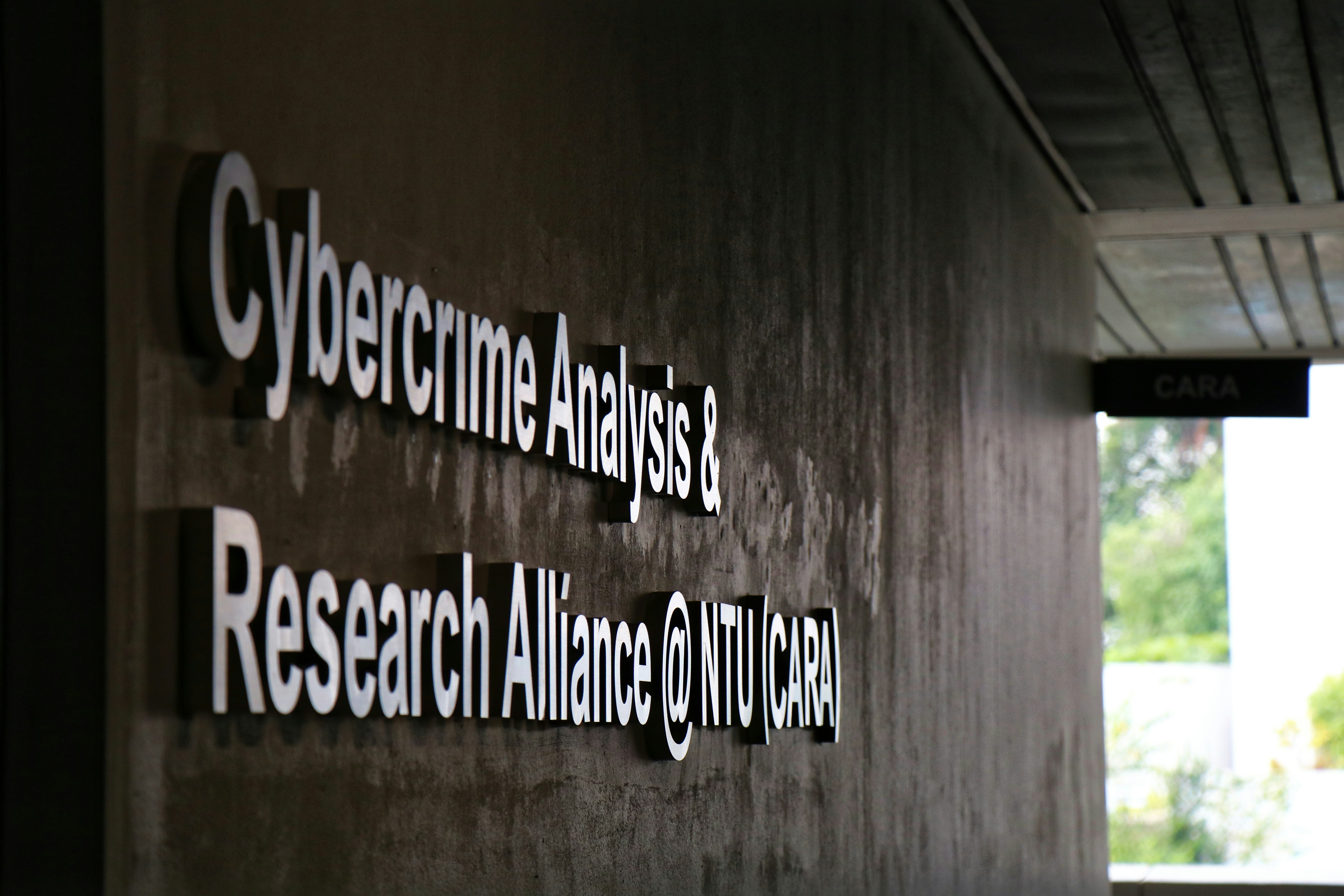
Understanding Email Scams and Their Impact
Email scams represent a growing threat to the integrity of businesses across various sectors. Among these, Business Email Compromise (BEC) has emerged as a particularly insidious form of fraud. BEC scams typically involve cybercriminals impersonating a company executive to deceive employees into completing unauthorized transactions. The effectiveness of these scams lies in their capacity to exploit human trust and the inherent complacency that may exist within an organization’s cybersecurity practices.
Phishing tactics, another common form of email scams, often involve the use of seemingly innocuous emails that prompt recipients to click on malicious links or attachments. Through these tactics, attackers can infiltrate company systems, steal sensitive information, and orchestrate fraudulent transactions. Research indicates that these scams account for significant business fraud losses, highlighting the importance of vigilance in protecting against such threats.
Real-world scams have led to staggering financial repercussions, with various businesses reporting severe losses resulting from email-related fraud. One notable case study involved a medium-sized company that fell victim to a sophisticated BEC scheme, resulting in over $1 million in real business losses from email scams. This incident underscores the critical need for organizations to adopt robust cybersecurity measures and foster an environment of awareness among employees.
Furthermore, the integration of transactional anomaly watch (TAW) systems can provide an additional layer of security by detecting unusual activities within transaction processes. This proactive approach can help mitigate potential threats before they escalate into significant financial losses. By understanding the mechanics of email scams and implementing comprehensive safeguards, businesses can reduce their vulnerability to such cybercrimes and protect their financial interests more effectively.
Case Studies: Major Business Fraud Losses
In recent years, numerous high-profile case studies have emerged that highlight the devastating impact of email scams on large and small businesses alike. One notable incident involved a multinational corporation that fell victim to a spear-phishing attack, resulting in losses exceeding $40 million. The attackers masqueraded as a trusted vendor and communicated through a carefully crafted email, which successfully led the finance department to process a fraudulent wire transfer. This case illustrates not only the financial repercussions but also the significant damage to the company’s reputation and stakeholder trust.
Another striking example is that of a well-known tech company that suffered a business fraud loss of approximately $30 million due to CEO fraud. In this instance, the impersonator, posing as the company’s CEO, requested urgent payment for a supposed acquisition deal. The urgency conveyed through the email led the finance team to bypass standard verification protocols, resulting in immediate and irreversible financial loss. Following this incident, the company implemented enhanced fraud detection systems and renewed their training programs to educate employees about recognizing fraudulent communications and transactions anomaly watches (TAW).
Adding to these examples, an international nonprofit organization reported losses of $10 million due to phishing schemes that targeted its donation processing system. The attackers utilized social engineering techniques, including impersonating board members, to convince staff to reveal sensitive login information. The aftermath of this breach highlighted vulnerabilities in the organization’s internal controls and prompted an extensive review of cybersecurity measures, illustrating the urgent need for vigilance in safeguarding against email scams.
These case studies underscore the tangible real-world scams that can lead to significant financial impacts and serve as a call to action for other businesses. As organizations continue to digitize operations, ensuring robust security measures is paramount to mitigate potential real business losses from email scams. Lessons learned from these incidents must inform future strategies aimed at protecting assets and maintaining stakeholder confidence.
The Hidden Costs of Complacency
Complacency in the realm of email security can manifest significant ramifications for businesses, extending beyond immediate financial losses from falling victim to real-world scams. While the direct impact of business fraud losses is often quantified through immediate financial metrics, the hidden costs crystalize into a more complex set of challenges that can affect a company for years to come.
One of the foremost repercussions of complacency is reputational damage. When a company suffers from a successful email scam, its image can be severely tarnished. Customers tend to associate a brand’s credibility with its ability to safeguard their personal information and financial transactions. Consequently, a firm that experiences a breach may see a decline in customer trust, leading to a direct impact on future sales and a reduction in long-standing customer relationships. When trust erodes, it often takes considerable time and resources to restore it, if it can be restored at all.
In addition to reputational implications, businesses also face rising insurance premiums. Insurers are increasingly aware of the trends associated with transactions anomaly watch (TAW), which often indicates a lack of preventive measures against email scams. Companies that have been victims of such fraud may have their insurance rates increased as providers account for perceived risks, leading to escalating operational costs over time.
Furthermore, the operational disruptions caused by falling prey to scams can be staggering. The costs associated with recovery—such as investigating the breach, addressing customer inquiries, and implementing new security measures—further compound the financial toll already experienced. These factors denote that complacency in email security not only inflicts immediate financial harm but also engenders a cycle of ongoing problems that can impede a business’s growth and stability.
Preventive Measures: How Taw Can Help
In the ever-evolving landscape of business, it is imperative for organizations to adopt proactive measures to combat the dangers posed by real-world scams, particularly email scams. A robust strategy for mitigating business fraud losses encompasses the implementation of comprehensive employee training programs. These programs should educate staff about the common characteristics of phishing attempts and how to recognize fraudulent communications. By fostering a culture of vigilance and awareness, businesses can significantly reduce the risk of falling victim to scams that can lead to substantial financial damage.
Alongside employee training, organizations must engage in regular security assessments to evaluate their existing defenses against potential email scams. These assessments enable businesses to identify vulnerabilities in their systems and implement necessary updates or improvements. By continually monitoring and enhancing security protocols, businesses position themselves to respond swiftly to emerging threats, ultimately minimizing real business losses from email scams.
Advanced technologies play a crucial role in enhancing a company’s security posture. Incorporating tools like Taw’s real-time transaction anomaly watch (Taw) can serve as a game-changer in the fight against email fraud. This technology actively monitors transactions for unusual patterns or anomalies, alerting businesses to potential fraudulent activities in real time. By harnessing the power of Taw, companies can take immediate action to investigate suspicious transactions before they escalate into significant financial losses.
In conclusion, a multifaceted approach that includes employee training, regular security assessments, and the integration of advanced technology like Taw can significantly bolster defenses against email scams. By taking these preventative measures, businesses can better protect themselves, thereby safeguarding their assets and ensuring sustained operational integrity in the face of evolving threats.


